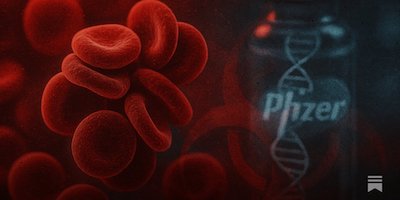A groundbreaking 2025 peer-reviewed study has confirmed that Pfizer’s mRNA vaccine contains bacterial plasmid DNA, including SV40 sequences, marking the first published scientific evidence of contamination. This isn’t just a technical glitch—it’s a serious issue tied to a major change in how the vaccine was made. Originally, for clinical trials, Pfizer used a lab method called PCR to create the mRNA. But to mass-produce billions of doses, they switched to growing plasmids—small DNA loops—in bacteria like E. coli. This “Process 2” shift was meant to scale up fast, but it introduced a big problem: leftover DNA from the bacteria wasn’t fully removed.
Here’s why that’s bad news. Plasmids were used as templates to churn out mRNA, and after that, the DNA was supposed to be destroyed and filtered out. But the study shows it wasn’t. Instead, tiny DNA fragments, including the SV40 promoter—a piece linked to cancer risks in animal studies—snuck into the final vaccine. These bits are wrapped in lipid nanoparticles, the same delivery system that gets mRNA into your cells. That means this DNA could slip inside your body’s cells too, potentially messing with your own DNA. We’re talking about foreign genetic material, some of it from a virus, hitchhiking into people’s systems.
This isn’t a minor oversight. The switch to bacterial production was a cost-and-speed decision, but it sacrificed purity. Regulatory limits, like 10 nanograms of DNA per dose, were set for a reason—more than that raises red flags. The study suggests those lines were crossed. Pfizer and health agencies downplay it, but the presence of SV40 and plasmid DNA isn’t trivial. It’s a manufacturing flaw with unknown long-term consequences, and it demands answers—why was this rushed, and what’s the real risk to millions vaccinated?
Much more here: https://www.vigilantfox.com/p/scientists-shocked-pfizer-mrna-dna-sv40
Want to check your batch?
Get your vaccine card and look up the batch numbers here: https://howbadismybatch.com
